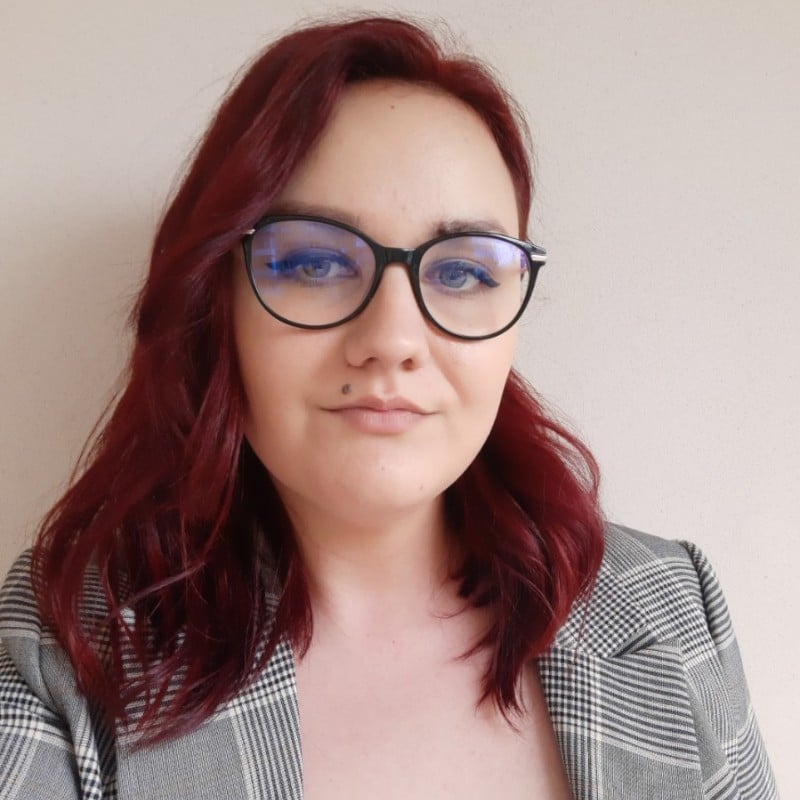A pandemic, the rising inflation and cost-of-living, everchanging trends, demanding customers, and supply chain issues. These are just a few things that impact the retail industry. While most articles and statistics discuss the retail sector as a whole, we’ve decided to focus on a part of retail that is essential for everybody: groceries.
In this round-up, we’ve gathered insights from top experts in the industry: Nicole Leinbach Reyle, Jessica Kats, James Tenser, and Bill Glaser. Let’s see what they have to say about the challenges and opportunities of grocery retailers.
Challenging times for grocers
After two years of lockdown, struggling to get customers back into the stores, now comes a new challenge: the rising inflation. This impacts the prices and ultimately, customer behavior. Apart from facing these challenges, grocery retailers also need to keep up with current trends and try to please conscious shoppers.
There are many issues that grocery stores and retailers are facing at the moment. We wanted to see what our experts believed are the most pressing issues. Here’s what they said:
“Grocers must combat hiccups in the supply chain and fulfill the increased demand for streamlined checkouts in-store, curbside, or through delivery. Investing in smart grocery technology and software solutions for inventory tracking is no longer optional. However, it may be difficult for some grocers to find the funds to do so as consumer spending drops during the economic downturn. The best solution is to integrate some new technologies into the existing framework, making the transition smoother.”
Bill Glaser, CEO of Outstanding Foods
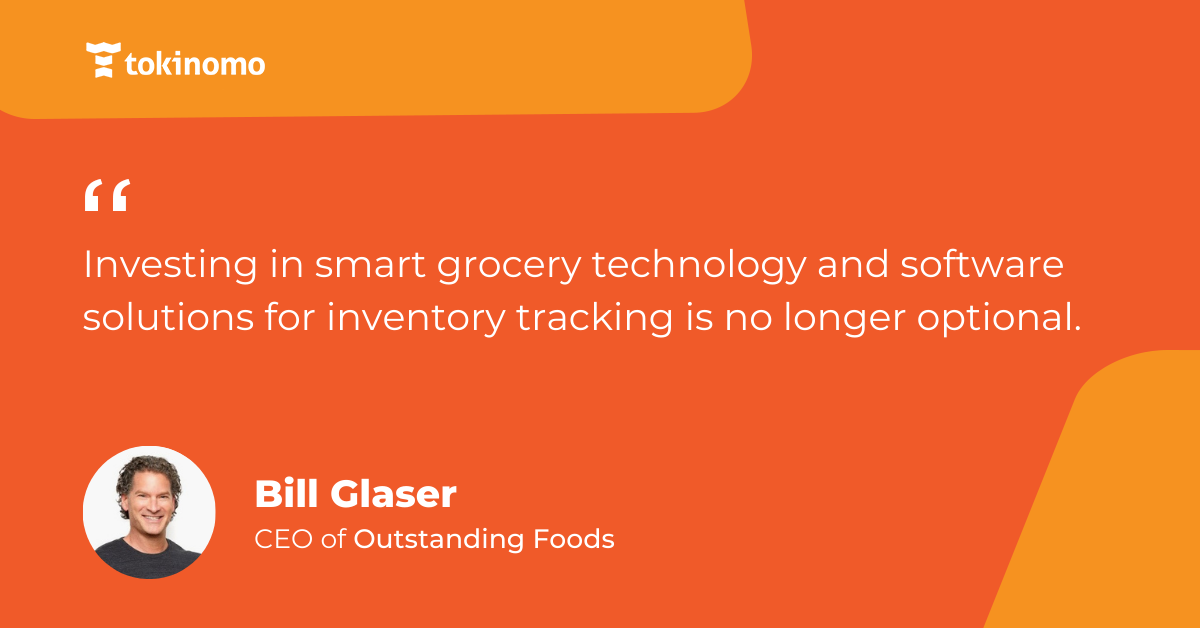
“There are many headwinds right now for food retailers. Inflation and supply chain disruption rise to the top of the list. Against this backdrop, grocers are still challenged to make omnichannel work profitably. Digital shopping is a mandatory option for today’s shoppers, but it adds huge operational complexity and cost while adding very little to the overall top line. The entire economic model of the supermarket must be re-considered in this light. I have a hunch that new revenues from Retail Media could be the key to sustaining overall margins.”
James Tenser, President at VSN Strategies
“Supply chain continues to be a challenge in grocery stores, and this will likely remain a challenge in the foreseeable future. As a result, this creates demands among grocers and vendors alike to find alternatives for their customers due to these challenges. It’s a constant domino effect of challenges that all comes full circle back to supply challenges.”
Nicole Leinbach Reyhle, Founder of Retail Minded
“The biggest challenges facing grocery stores presently include the changing consumer behavior, the difficulty in penetrating small markets, reverse logistics management, and time restrictions in marketing.”
Jessica Kats, E-commerce and retail expert at Soxy
Maintaining customers during difficult times
One of the most pressing issues that grocery retailers are facing right now is rising inflation. In the US, the annual inflation rate in May was 8.6%, its highest level since 1981, as measured by the consumer price index.
This is impacting both the cost of products and the behavior of the consumers. How can grocers support customers during these difficult times? How can grocery retailers maintain loyal customers and attract new customers when prices are skyrocketing?
“There is a lot of power in communication and building trust among customers. As costs rise, being transparent to consumers on when sales are approaching, where savings may be gained, and how alternative products can deliver similar or same results are less expense and more will mean a lot to customers. Take the time to identify a stronger, more strategic marketing message that shares these realities while meeting customer sentiments in saving dollars.”
Nicole Leinbach Reyhle, Founder of Retail Minded
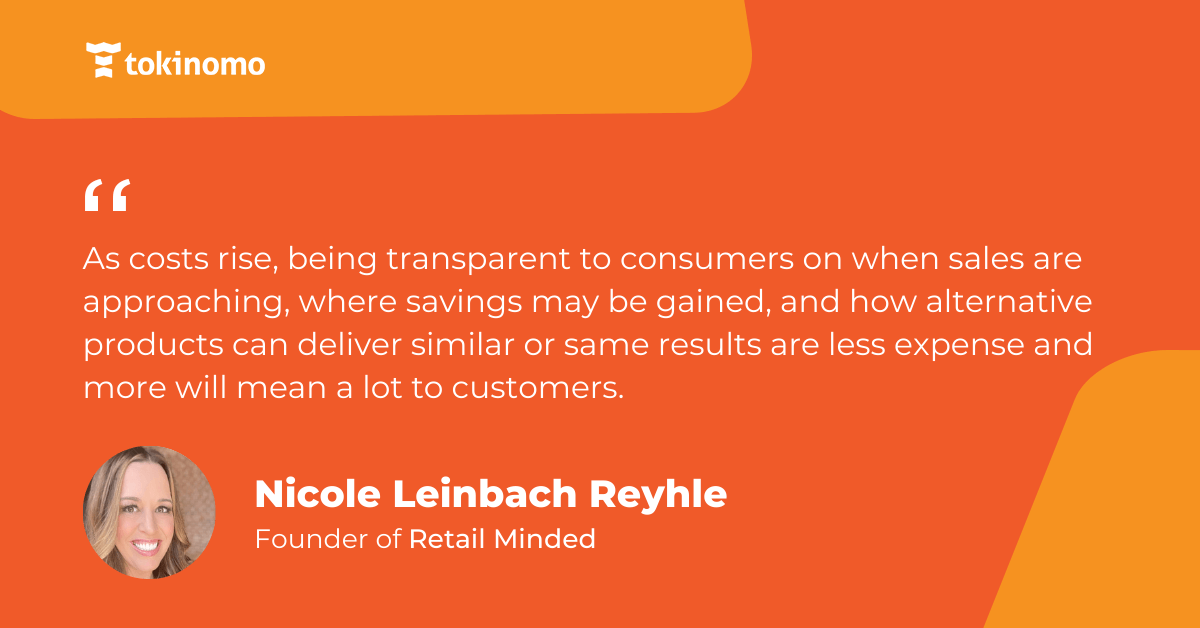
“The rising cost of living is showcasing a big problem for grocery retailers. To battle the steep inflation, customers need to be valued. The key should be to keep sales going despite low-profit margins.”
Jessica Kats, E-commerce and retail expert at Soxy
“On the whole, grocers make a heroic effort to maintain good value for shoppers, even when the cost of goods is rising. Some have absorbed all or part of some price increases – at least for a while. Many have sought out alternative sources of supply – including private labels – to ensure that their shoppers have affordable options in essential categories.
Price optimization strategies can be extremely helpful in this effort. It may be wise not to pass through price increases to an equal degree in every category – or for all items within a category. For example, with meat prices rising, a retailer may elect to take the full increase on premium cuts of beef, but stay very promotional on pork or poultry, to ensure their shoppers have affordable protein options.
Price optimization technology can help retailers identify and maintain affordable price points on key value items while adding incremental margin on items that are less price sensitive.”
James Tenser, President at VSN Strategies
“Grocery retailers will retain more customers and boost sales if they offer desirable coupons and establish a rewards program. Small-scale grocers often can’t match the competitive prices of corporations, but they can better meet the needs of their communities. Many customers don’t have the time to invest in coupon-stacking, so the easier grocers make it for their customers to find and use coupons to save money on necessities, the more likely they’ll continue shopping. Grocers can integrate coupons and points into a rewards program that gives them more insight into consumer behavior.”
Bill Glaser, CEO of Outstanding Foods
Shaping the shopper’s behavior
While the COVID-19 pandemic obliged us to stay indoors and order our groceries, people now feel the need to shop, walk, and enjoy their newly regained freedom. However, the rising cost of living seems to put a stop to our desires. How is the shopper's behavior changing during these times?
Shoppers learned to shift during COVID for a variety of reasons, mostly due to supply and limits to supply, more specifically, but also due to budgets. This has trained, so to speak, consumers to continue to adjust as they need to. Consumers are definitely more open than they have historically been to adjust not only what they buy, but where they buy from. Often this is a direct result of their budget and rising costs of goods.
Nicole Leinbach Reyhle, Founder of Retail Minded
“It’s worth remembering that not all shoppers are affected to the same degree by inflation. The least advantaged households are feeling a lot of pain right now, as rising costs of essential groceries and the fuel they use to commute to work are cutting into the wage gains they were celebrating 18 months ago. I was especially saddened when Walmart reported a shift in unit sales of fluid milk last month – fewer gallon jugs were being sold, but more half-gallons. It’s hard to imagine the budget stress that would force a family to make that decision.
For the rest of us, food price inflation is certainly a worry, but not an existential issue. Middle-class households are certainly choosing items with better value at the supermarket, and we hear about the rising use of manufacturer coupons and digital offers. I’ve seen anecdotes that suggest some shoppers are trimming the size of their protein portions and substituting more plant-based foods, including bread, potatoes, rice, and beans. We may also see a shift away from some packaged prepared foods and toward ingredients for home-cooked meals.”
James Tenser, President at VSN Strategies
"Rising inflation is causing shoppers to take a cautious approach regarding grocery shopping. They are now looking for ways to save money by buying brand products. Many shoppers are shifting towards online purchasing as several discounts are available."
Jessica Kats, E-commerce and retail expert at Soxy
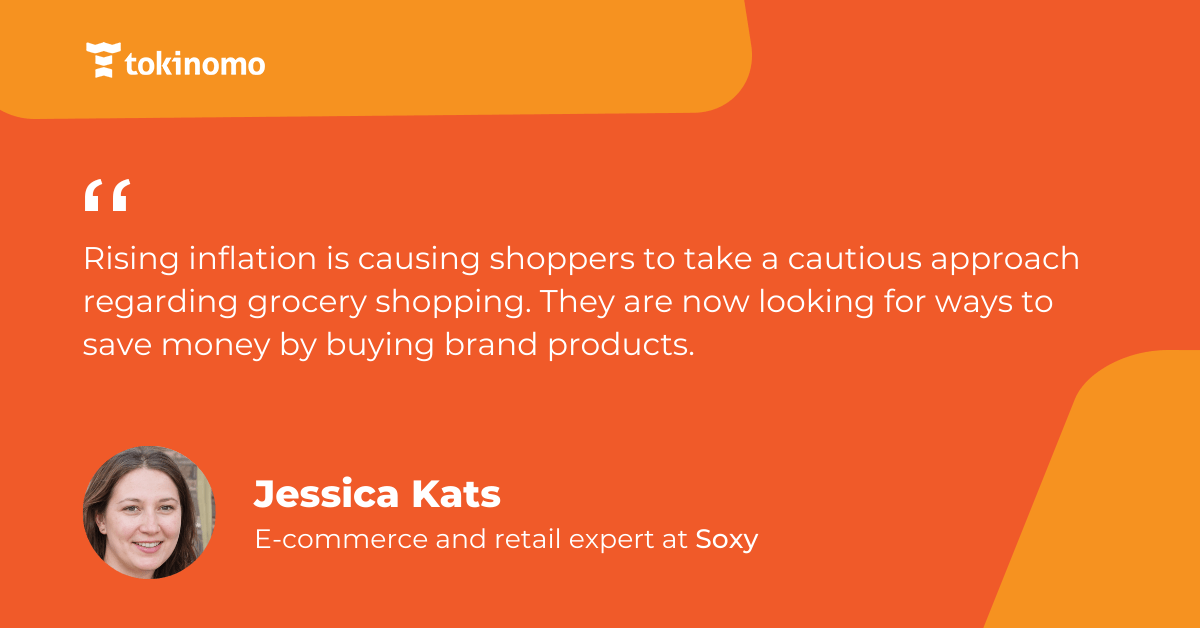
"Customers are less likely to indulge in impulse purchases at grocery stores. They focus on buying necessities, often in bulk. When they find killer deals on household goods and foods, they buy more than they need to stock up. Many have turned to store-brand items which offer comparable quality for better prices."
Bill Glaser, CEO of Outstanding Foods
Health-oriented consumers making plant-based foods more than a trend
Apart from changing their shopping habits because of higher prices, shoppers are also putting more importance on their health. Plant-based foods have been advertised as healthier alternatives to meat products. It seems like this trend is definitely growing. The industry saw year-on-year growth of 6.2 percent in 2021, representing a market value of $7.4 billion.
Are plant-based foods the future or just a passing trend?
“Yes, plant-based foods are now the future. Most people in the US are shifting towards healthier alternatives since the pandemic caved in everyone's health. They provide better options in almost every category of edibles.”
Jessica Kats, E-commerce and retail expert at Soxy
“With the rising amount of research proving the long-lasting benefits of a plant-based diet, I only foresee it becoming more popular. For health concerns and ethical reasons, more and more consumers are committing to reducing or removing their meat and animal byproduct intake. And it’s becoming easier to find delicious plant-based meals and snacks at grocery stores and restaurants. Consumers now know they don’t have to miss out on flavor or nutrition with a plant-based diet, so it’s not going away anytime soon.”
Bill Glaser, CEO of Outstanding Foods
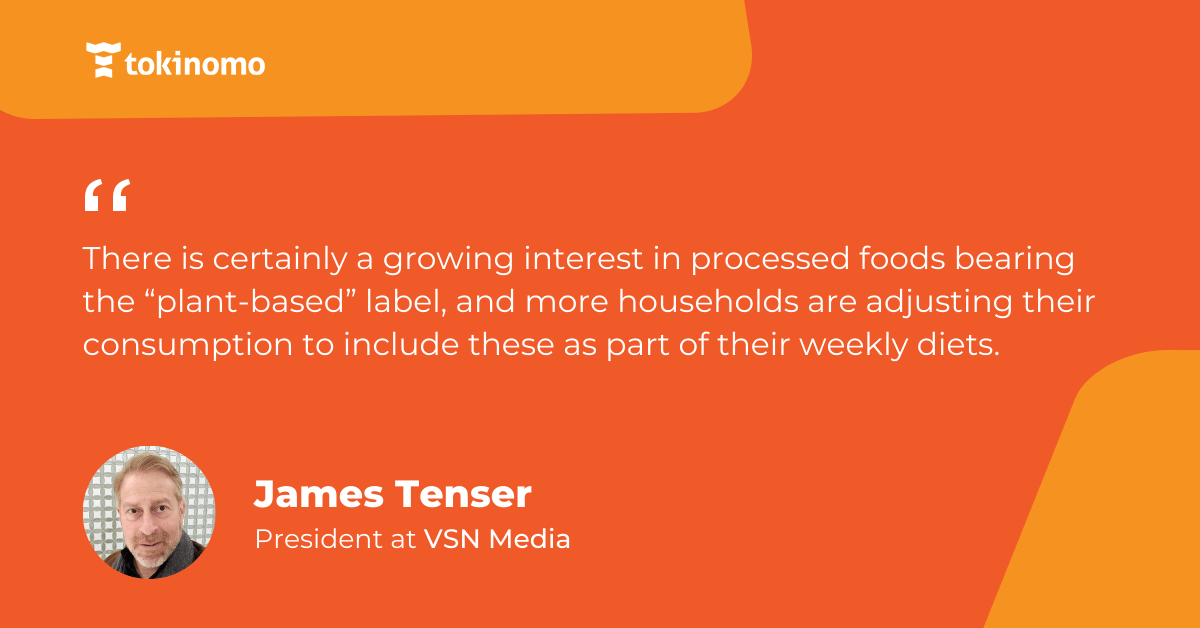
“Shoppers are overall more conscious about increasing their proportion of plant-based foods, but that does not always mean a pivot to vegan diets. There are countertrends too, such as so-called “keto” diets, which rely on more animal protein and exclude most carbohydrates.
It is interesting that both of those alternatives are driven by a desire for better personal health. We hear references to “food-as-medicine” in the popular media and sometimes championed by pro athletes. Choosing to follow such diets can easily increase an individual’s food costs, which may mean they are not a consideration for less-advantaged households.
There is certainly a growing interest in processed foods bearing the “plant-based” label, and more households are adjusting their consumption to include these as part of their weekly diets. Some of these products may actually be healthier, but they can still be laden with sodium, fats, and “empty” calories. Retailers can earn shopper trust by providing reliable guidance about these purchase decisions.”
James Tenser, President at VSN Strategies
Plant-based products and the effort to become environmentally-friendly
In an effort to be labeled as “green”, many brands and retailers tend to overestimate how environmentally-friendly their products are. Unfortunately, this is called greenwashing and it can have negative effects on the brand image and customer loyalty. Most plant-based products tend to be labeled as better for the environment. Let’s see what our experts think about this.
"Absolutely. With the appropriate growing and harvesting practices, plant-based products have a significantly smaller environmental impact than animal-based ones. Grocers can sell plant-based foods that produce little waste using compostable or reusable packaging. When the demand for plant-based products continues to increase, it will also help retailers offer these foods for competitive prices, making it easier for consumers to afford a healthier diet.”
Bill Glaser, CEO of Outstanding Foods

“From a greenhouse gas release perspective, it is significantly better for the environment to eat plant-based foods. Moving away from meat-based foods reduces the emission of carbon dioxide.”
Jessica Kats, E-commerce and retail expert at Soxy
While some of these products might be labeled as such, they are still processed, so James Tenser makes a great point:
“Plant-based meat alternatives may or may not be environmentally friendly, but there is no doubt that they are highly processed. If manufacturers want to claim credit, they had better back it up with hard evidence and impeccable behavior.
Until then I would caution grocers about making claims about such products that could backfire with accusations of “greenwashing.”
James Tenser, President at VSN Strategies
Sustainability in grocery stores
Another term that is used often besides green retailing is sustainability in retail. While more and more brands and retailers make promises, the effects of climate change seem to show us that it’s too little, too late.
What’s the state of sustainability in the grocery industry?
“Sustainability will always remain an issue and - depending on who is considering its importance - a priority. There will continue to be evolution within sustainability, so grocers should always have this in their considerations of something to keep an eye on.”
Nicole Leinbach Reyhle, Founder of Retail Minded
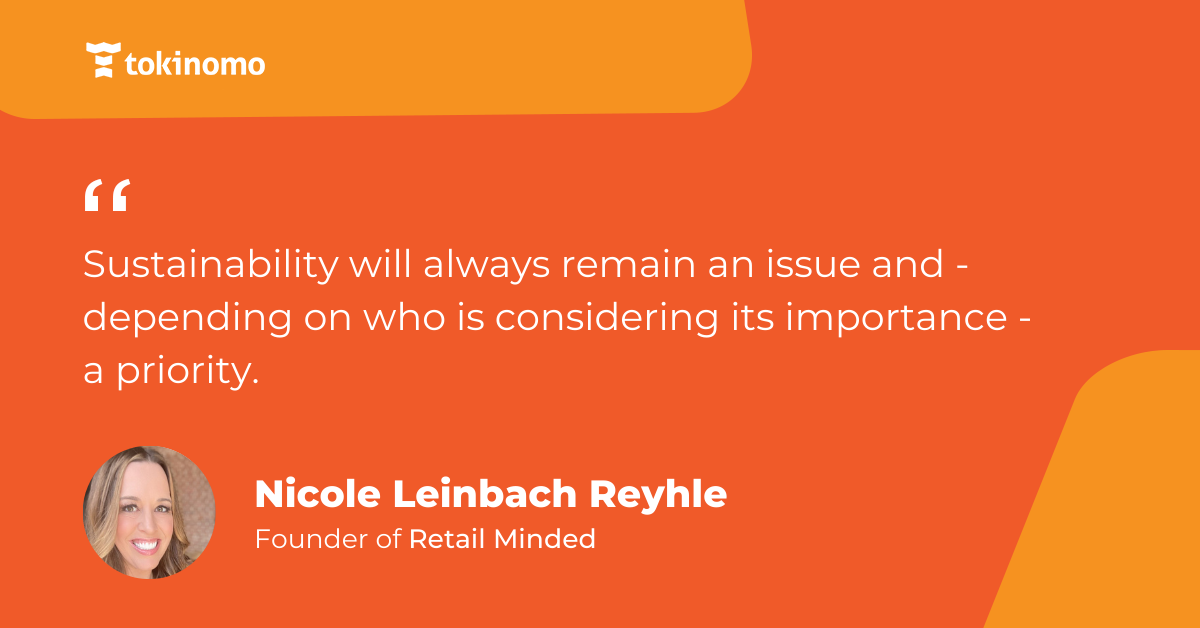
“Sustainability can be a tricky conversation. From a planetary health perspective, it may arguably be the most important value of all. Recent experience, however, tells us that sometimes what looks like a brilliant solution can have a sinister trade-off. Think about how the ugly way that the minerals used in solar panels are mined.
In the food and consumer goods sector, those trade-offs may be harder to see. The carbon footprint of a long supply chain might erase the benefit of sustainable practices in overseas agriculture, for example. Not to mention the costs of spoilage and the lack of visibility.
A shift to more local and less centralized sourcing could offer a partial solution that is economically viable. Digitalization of food production methods like indoor farming and small batch manufacturing could enable fresher, safer, and more consistently available products.”
James Tenser, President at VSN Strategies
“The state of sustainability in the grocery industry is not ideal right now. Many retailers end up with surplus items that are not disposed of properly. Furthermore, there is the pressing matter of composting. The waste is causing more pollution in the last ten years. There needs to be an understanding of recycling and keeping inventory in check.”
Jessica Kats, E-commerce and retail expert at Soxy
“While we have made some strides toward sustainability in the grocery industry, we have a long way to go. Despite reusable checkout bags, most brands still package products in plastic bags and boxes that are often difficult to recycle properly. There has been a rise in plastic-free grocery stores, in which consumers bring reusable containers to fill with items like grains, produce, and shampoo. However, most grocers can’t make this switch easily or immediately. Grocers can encourage consumers and give them resources to shop more sustainably, but it’s up to the brands who provide goods to update their manufacturing and packaging processes.”
Bill Glaser, CEO of Outstanding Foods
What’s in-store for grocery retailers?
After sharing great insights and deep diving into some of the biggest challenges grocery retailers face, our retail experts are ready to share their predictions for the future of grocery stores:
“It looks like the surge in digital grocery shopping adoption has leveled off some. Lucky thing for omnichannel food retailers, as they are still striving to perfect the new solutions they put in place to keep pace with digital demand triggered by the COVID scare.
But there will be no going back. A large majority of households now have some experience with digital food shopping, and most will use delivery or click-and-collect at least part of the time, according to their needs at the moment.
That means the quality of the digital experience will evolve into an area of pitched competition between omnichannel grocers. Ease of use, order accuracy, timeliness, and cost of service are the four key dimensions where excellence is not an option.
Delivering on the promise will be costly, though. There is still an imperative to operate impeccable stores with excellent assortments, competitive prices, and low-friction experiences. Omnichannel is an order of magnitude more complex for grocers, but at its best, it only adds incrementally to sales – digital purchases mostly cannibalize in-store purchases.
How will innovative retailers make these economics work? A key could be adding new high-margin revenues from Retail Media. Kroger, Carrefour, Albertsons, Walmart, and other grocery giants around the world are aggressively seeking ways to monetize their shopper/audience data to compete with the likes of Amazon for digital ad dollars. Retailers who can’t or won’t take this on too could be unsustainable.”
James Tenser, President at VSN Strategies
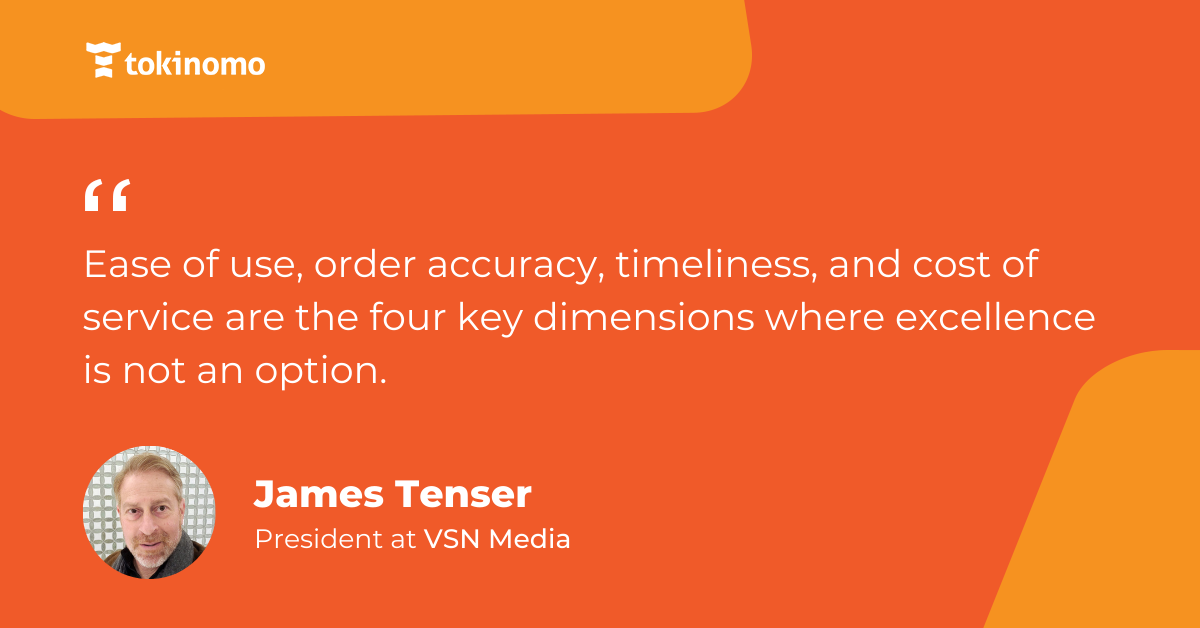
“Improving the use of consumer data will bring uniformity in supply chain unpredictability. This will follow through in 2022 and depend on the ability of grocers to avoid out-of-stocks and offer suitable alternatives when items people want are unavailable.”
Jessica Kats, E-commerce and retail expert at Soxy
“Grocers will leverage ever-improving technology and open new pickup locations to cater to consumers’ needs and health concerns. Since it might not be possible to find enough staff to cover all the delivery and pickup options, retailers will follow the trend of self-checkout, placing more control of the shopping experience in the consumer’s hands. They will advertise loyalty programs, and small grocery stores especially will make more personal connections with their community.”
Bill Glaser, CEO of Outstanding Foods
Trends will come and go, but people will continue to need grocery stores. However, the demands of these shoppers are changing and grocers need to adapt to stay on top of the competition. A massive thanks to the four retail experts who shared their thoughts with us in this round-up.
Do you have a question for the experts? Don’t hesitate to contact us and we will include it in our next round-up.


